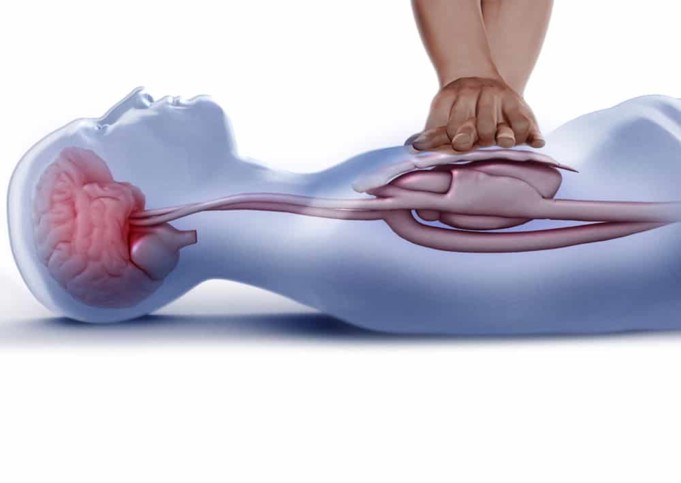CPR is a very valuable skill to have, hopefully, you will never need to use this skill on a person. In this article, we want to talk to you about CPR, which stands for Cardiopulmonary Resuscitation.
We use CPR when someone has collapsed and is not breathing, because it can keep people alive until emergency services arrive. Learning these simple life-saving skills is as easy as ABC – all you must remember is the “Doctor’s ABC”.
Learning how to perform CPR is as easy as remembering the alphabet
- D is for Danger: First, look around carefully to make sure the area is safe for yourself and others before approaching.
- R is for Response: Shake them gently by the shoulders and ask them loudly “Are you alright?” If there is no response, you need to…
- S: Shout for help, as any assistance will be helpful.
- A is for Airway: Gently tilt the head back like this, to open up the airway.
- B is for Breathing: Look, Listen and Feel for signs of normal breathing: LOOK for normal chest movements, LISTEN for normal breathing sounds and try to FEEL their breath against your face.
Do this for no more than 10 seconds. If there is no sign of breathing, or if they are breathing in an unusual, noisy way, we need to start CPR. First, make sure that an ambulance is on its way.
If you have someone else with you, ask them to make the call. Putting the phone on speaker mode is useful as the ambulance service can talk you through the steps.
- C is for Circulation: Circulation means the flow of blood around the body, and when the heart stops pumping, we need to take over this role by pushing down hard and fast on the chest.
Start by placing the heel of one hand at the centre of the person’s chest and interlock your fingers like this.
With arms straightened, press down hard and fast, letting the chest come back up fully each time. Fast means around 2 times every second (metronome sound) and hard means that the chest needs to go down by about 5 centimetres.
This might sound a lot but you do need to push hard for it to be effective. If you have been trained, you can give 2 ‘rescue breaths’ after every 30 compressions, as this helps provide some oxygen.
However, if you have not been trained or are not comfortable, just keep going with ‘Hands-only’ continuous chest compressions.
Giving instructions during CPR
If someone else is with you, swap over if you begin to feel tired, and don’t stop until either a health professional takes over, or the person is definitely breathing normally. Sometimes, we can add another step – ‘D’.
D is for Defibrillation, which is about delivering a shock to restart the heartbeat. Some public areas and workplaces have an easy-to-use defibrillator on site, called an Automatic External Defibrillator, or AED. For example, Avive has an ultra portable, fully connected AED that can be used in offices, small businesses and other settings.
Automatic means that it is the machine that decides what to do, so you can’t go wrong, and it even talks you through the steps. If there is no AED available, keep going with CPR until the ambulance arrives.
That’s it! So to recap: remember DR’S ABC and if you have it, D. That’s D for Danger, R for response. S for shout for help, A for Airway, B for Breathing, C for Circulation and D for Defibrillation.
In this article, we’ve shown you the simple steps you can take to help someone who has collapsed, is not breathing, or not breathing normally. Why not take a first aid course or a CPR training course to practice these steps.
Share this article with friends and family to make sure we all know what to do.












